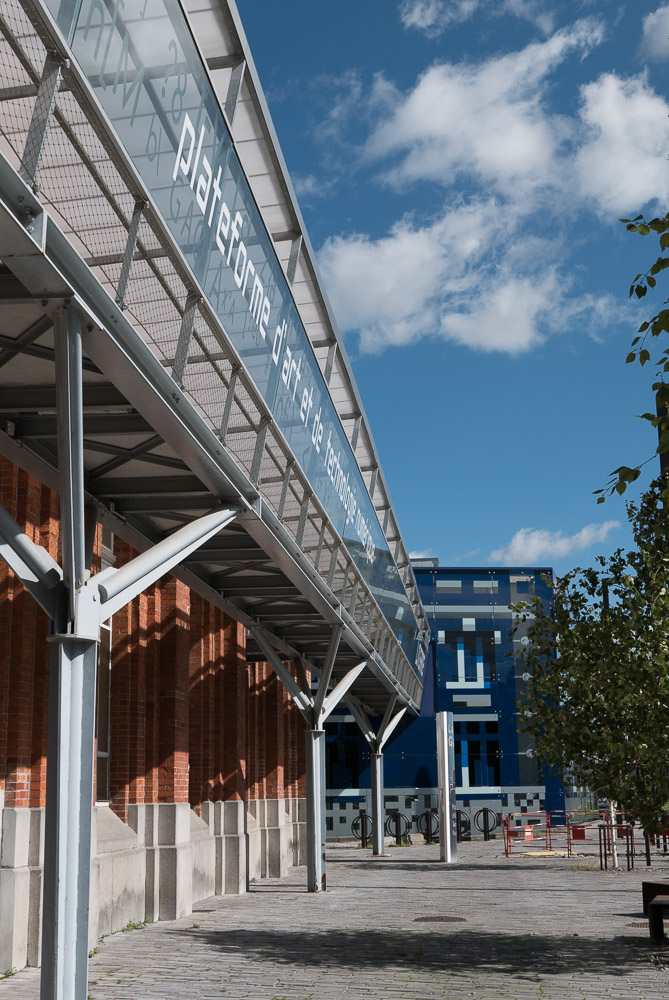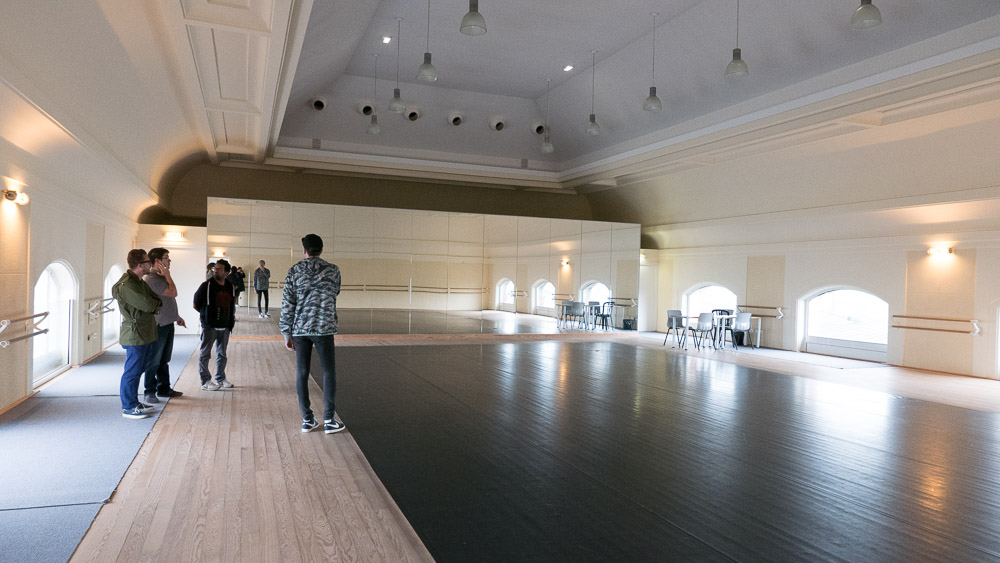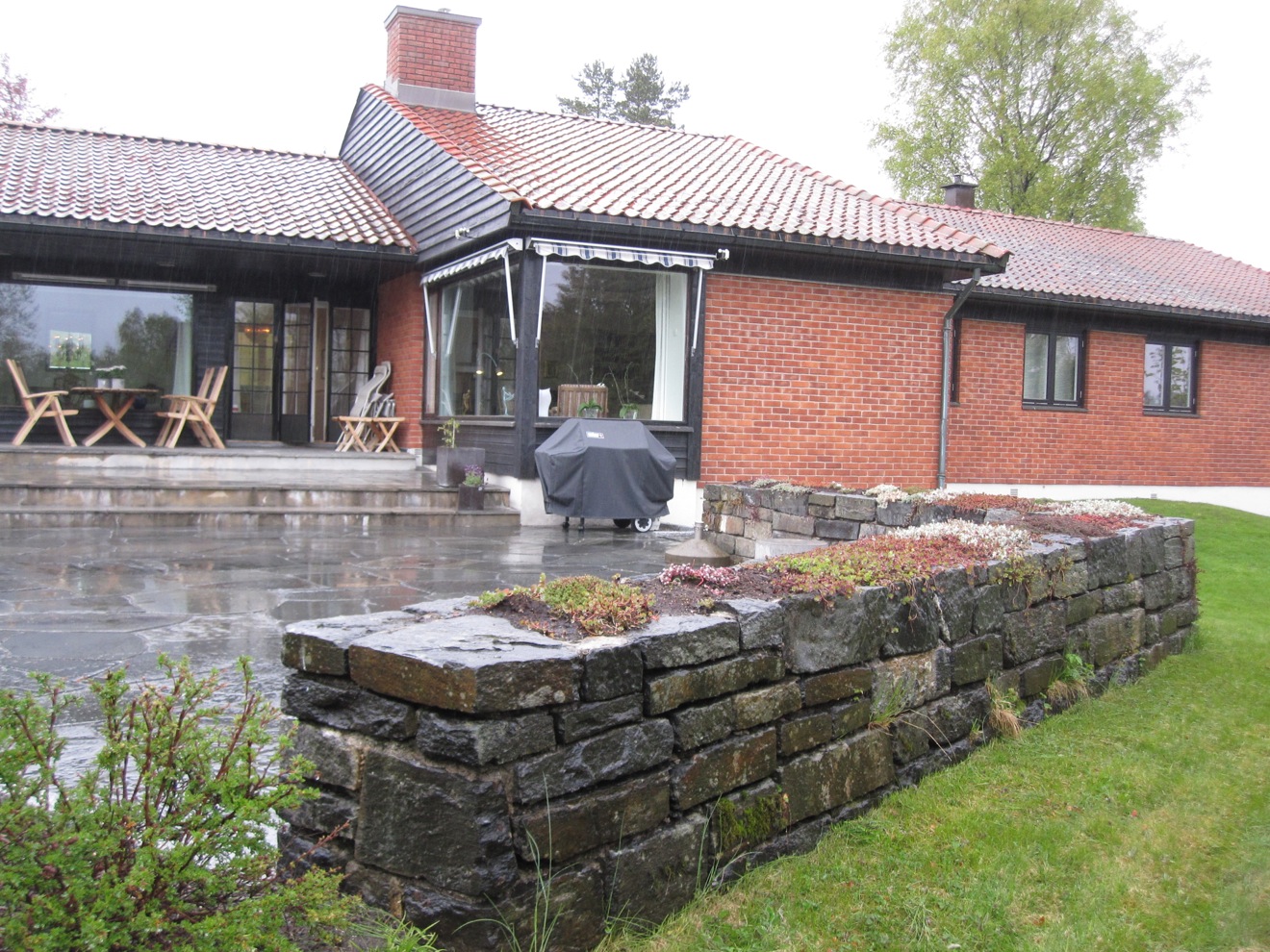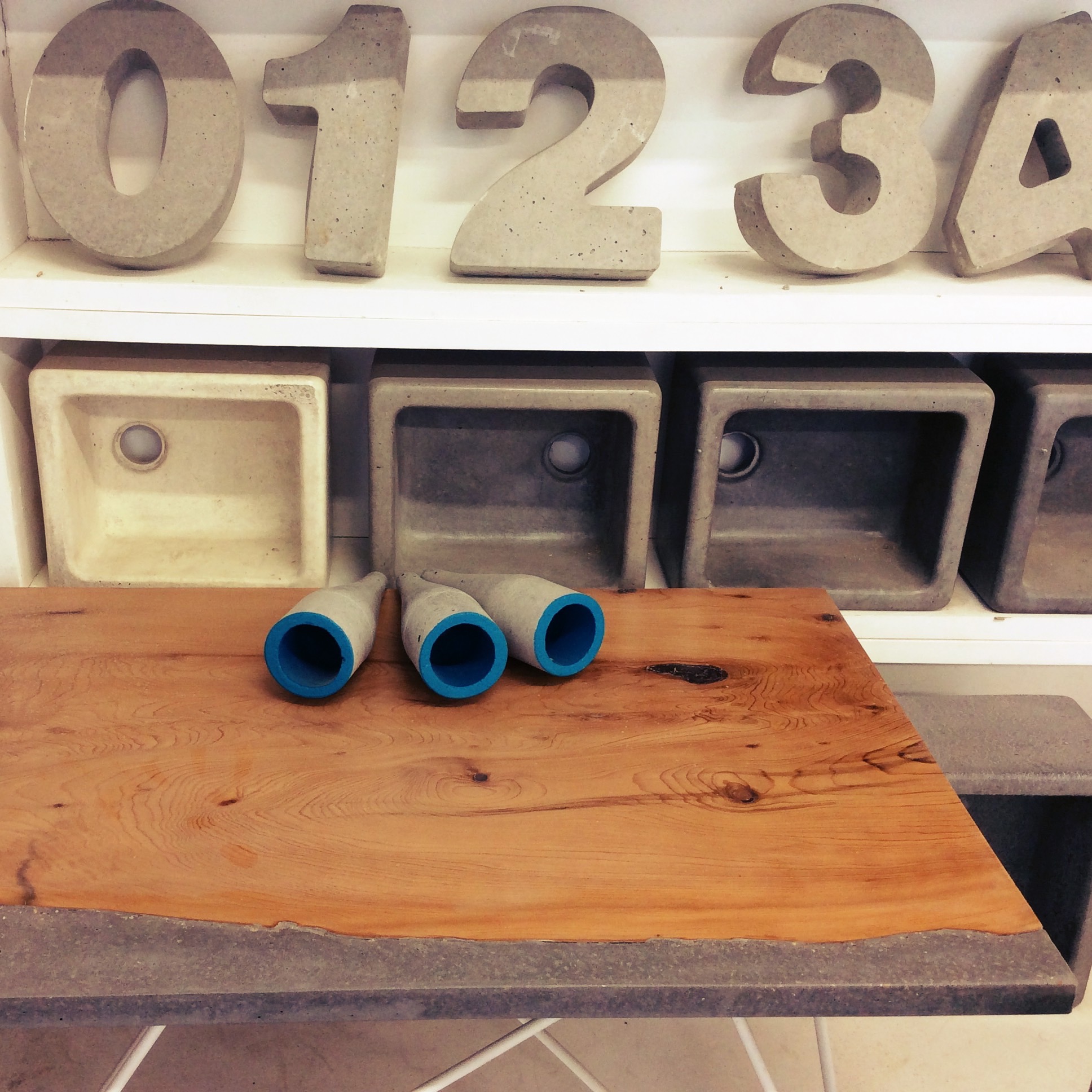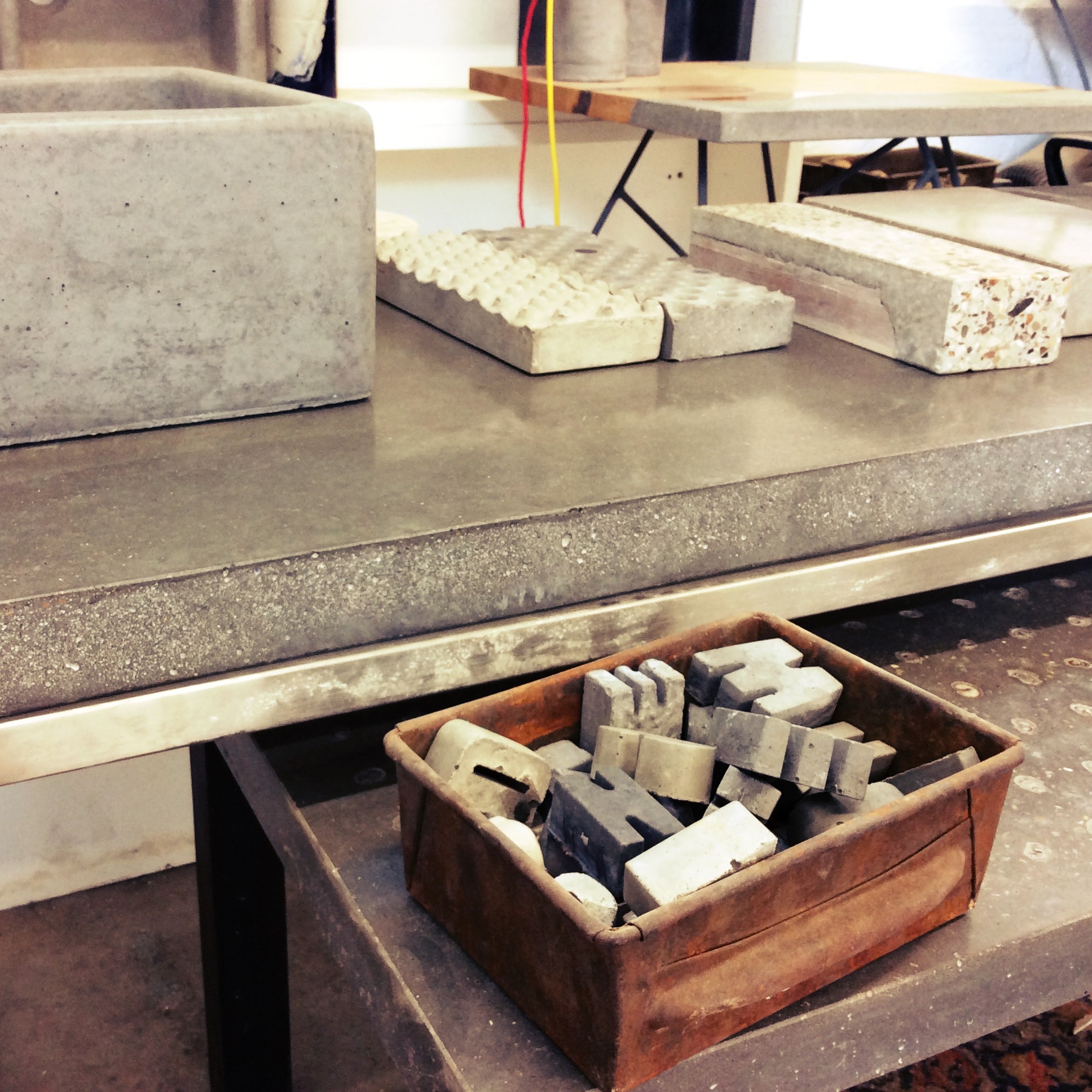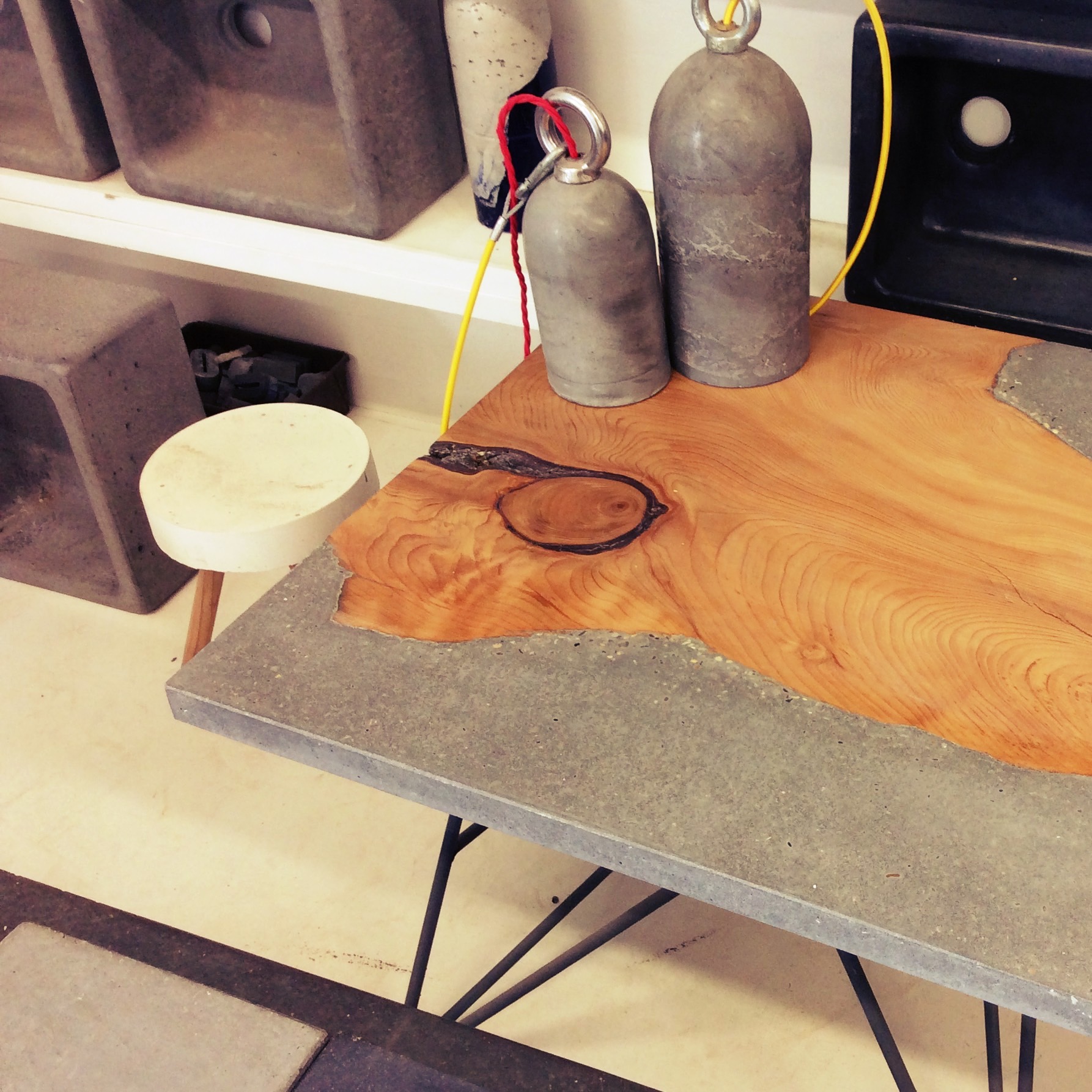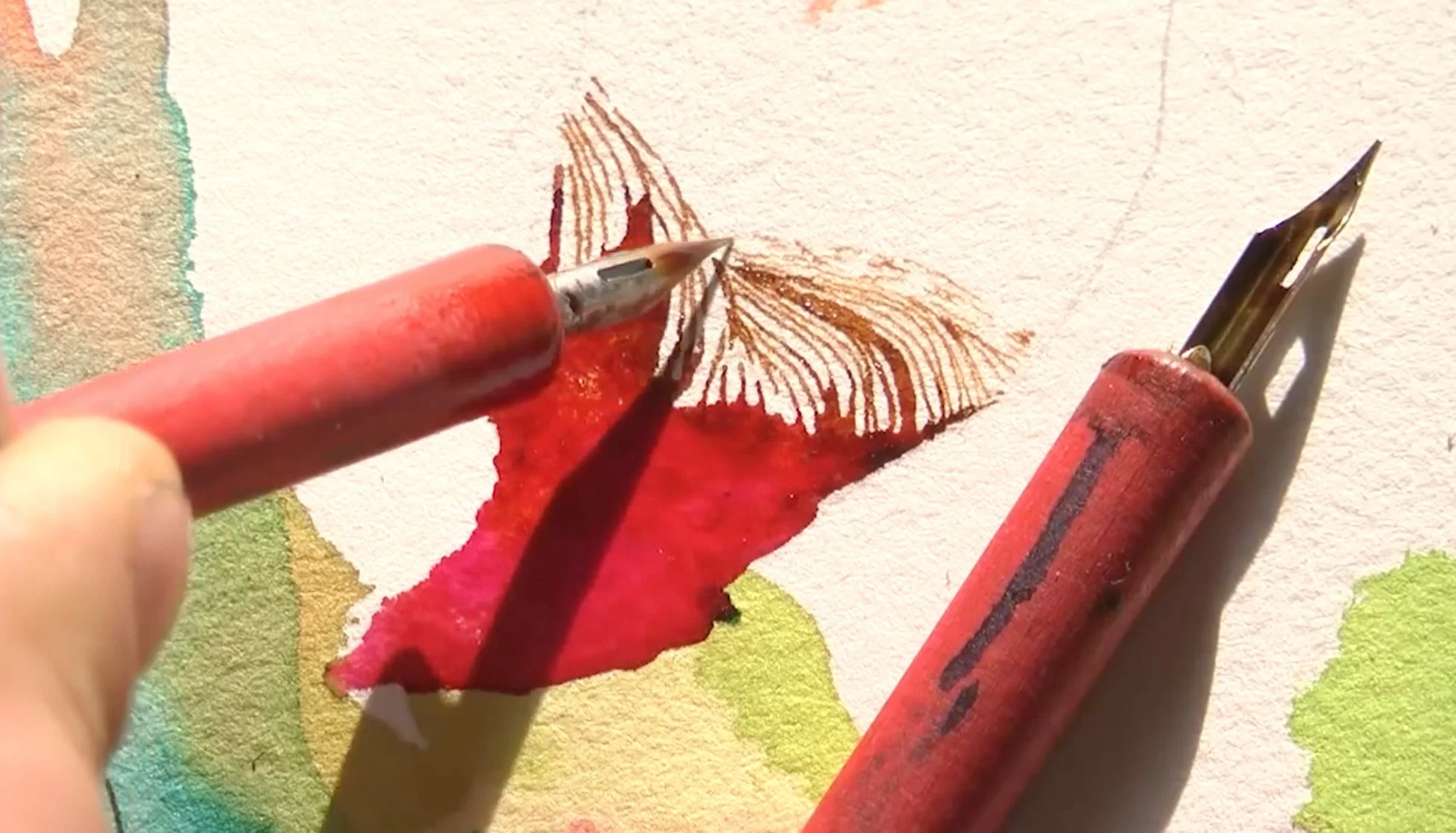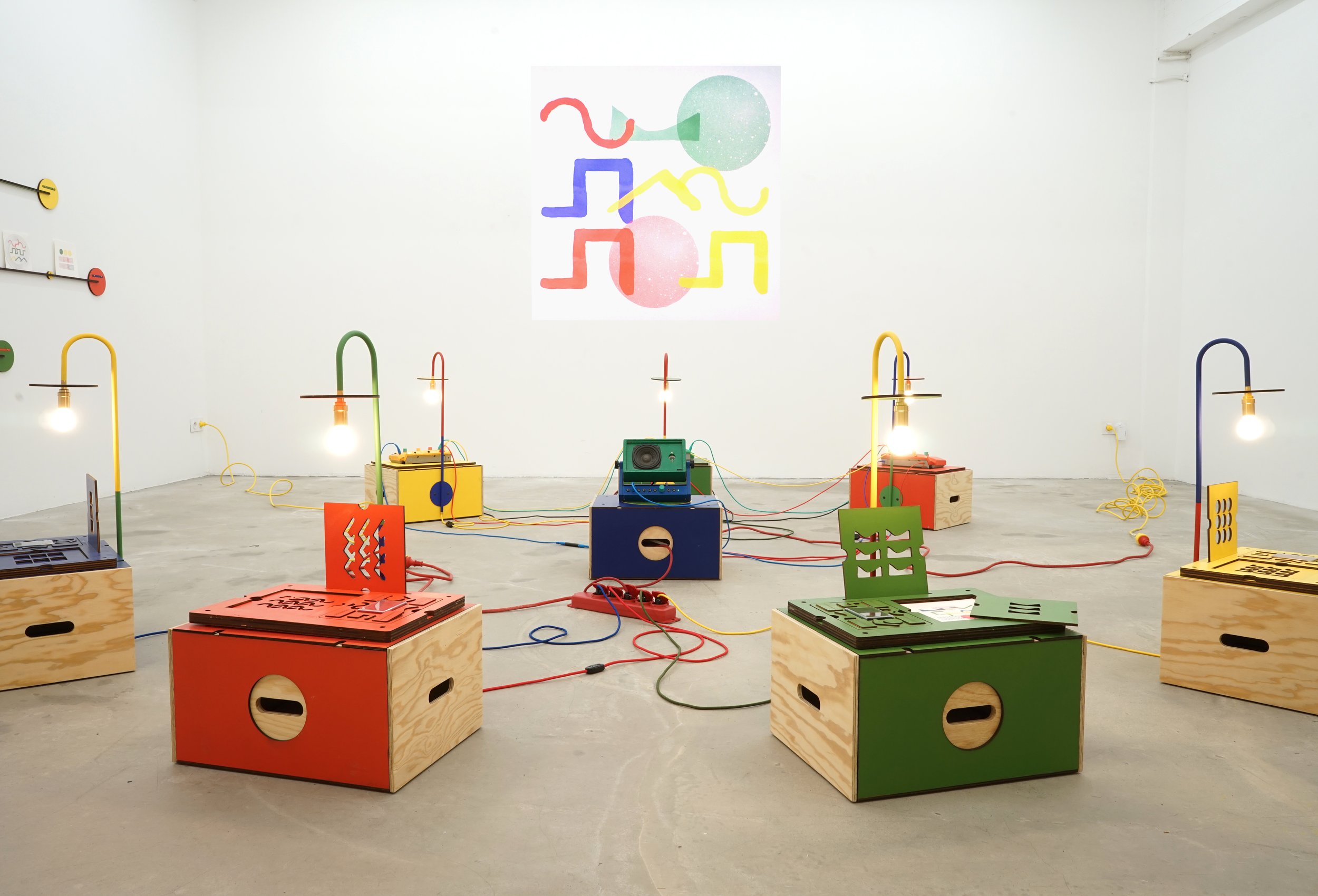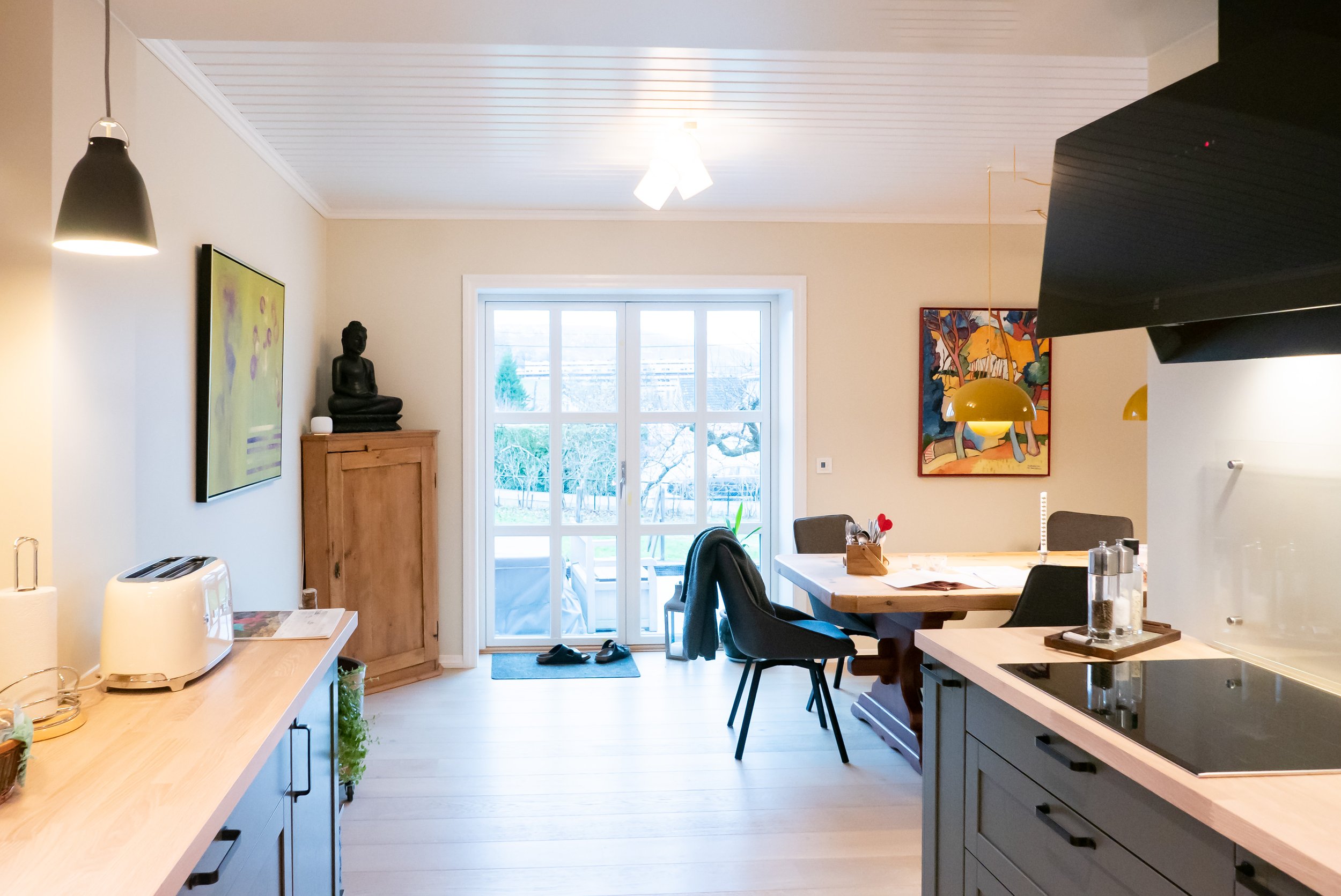I am delighted that my appointment as a Director of 2hD has been confirmed today. Most immediately, my enhanced role with the practice will involve me in reviewing our quality systems, but I am keen to develop a strategic plan for our business to begin to handle larger-scale projects. From an additional base in Norwich (Paragon House, Earlham Road, NR2 3RA), I hope also to win new commissions and to extend our network of friends, collaborators and well-wishers.
My interest in the company was originally sparked by its distinctive ethos of community engagement. In every project we undertake, there is a strong commitment to exploring the wider social context, involving ourselves in the identification of local needs and aspirations, and responding creatively with development proposals that will bring long-term benefits — not merely to our immediate clients but to the whole neighbourhood.
I am committed to 2hD keeping hold of these very special ‘social sustainability’ ideals as our business grows. I have therefore embarked upon a three-year research programme supported by Nottingham Trent University, looking at how architectural practices such as ours can develop and expand through promotion of, and involvement in, community-based projects. I take the view that 2hD’s specialist skills in drawing local people into our design activities — practised through our architectural work, regular teaching activities and involvement in our local communities — should be harnessed as an asset and promoted as a primary feature of the way we work.
If you’d like to follow the development of my research, please look from time to time at my Practice and Community blog (and let me know what you think).




